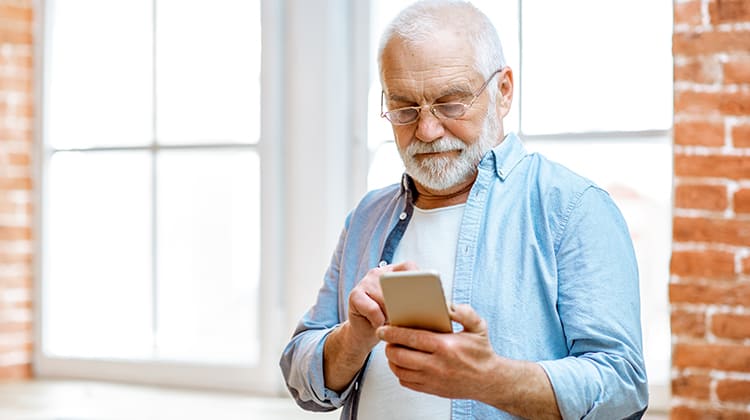Interest in RPM
Consumers are quite receptive to using Remote Patient Monitoring (RPM) as part of their role in self-care. MSI International recently shared their study results of consumer interest in RPM:
- 4 out of 5 consumers are in favor of RPM, especially for monitoring of chronic diseases, and about half want to see it integrated with clinical care services.
- Between 65% – 70% are willing to participate in an RPM program with their care providers to monitor blood pressure, heart rate, blood sugar and blood oxygen levels.
- Greater convenience is the potential benefit mentioned most often by consumers, followed by more efficiency. Additional perceived benefits include more control over personal health, more accuracy, and peace of mind.
In 2016, 7 million patients used some sort of remote device to monitor their health. In 2020, over 23 million patients used a remote health monitoring tool. And, the number of patients implementing remote health monitoring tools is expected to increase to 30 million by 2024.
Deploying RPM
With consumers now ready for RPM, home health agencies can actively help these patients by using patient- and clinician-friendly Synzi to monitor key vital signs.
Agency clinicians can virtually monitor patient vitals such as weight, temperature, blood pressure, blood oxygen levels, glucose levels, and heart rate. Patients can easily share their vital sign using their smartphones, tablets, and Bluetoothed-enabled devices (such as a thermometer, blood pressure cuff, pulse oximeter, glucose meter, and scale). The Synzi app automatically and securely transmits their info to an agency’s staff. Patients appreciate the convenience of being able to provide their data without being interrupted by – or waiting for – clinicians to arrive on a daily basis or multiple times a day to take one’s vital signs.
Reporting will “flag” an abnormal reading. If the data indicates an abnormal reading, agency staff can reach out to the patient and ask him/her to provide a second reading through the Synzi app and/or discuss the patient’s condition and next steps regarding further medical attention. This helps patients receive immediate intervention without delay due to staffing shortages or overwhelming caseloads.
With RPM, home health organizations can provide time-saving and life-saving care by continuing to monitor patients’ conditions throughout the episode of care.

